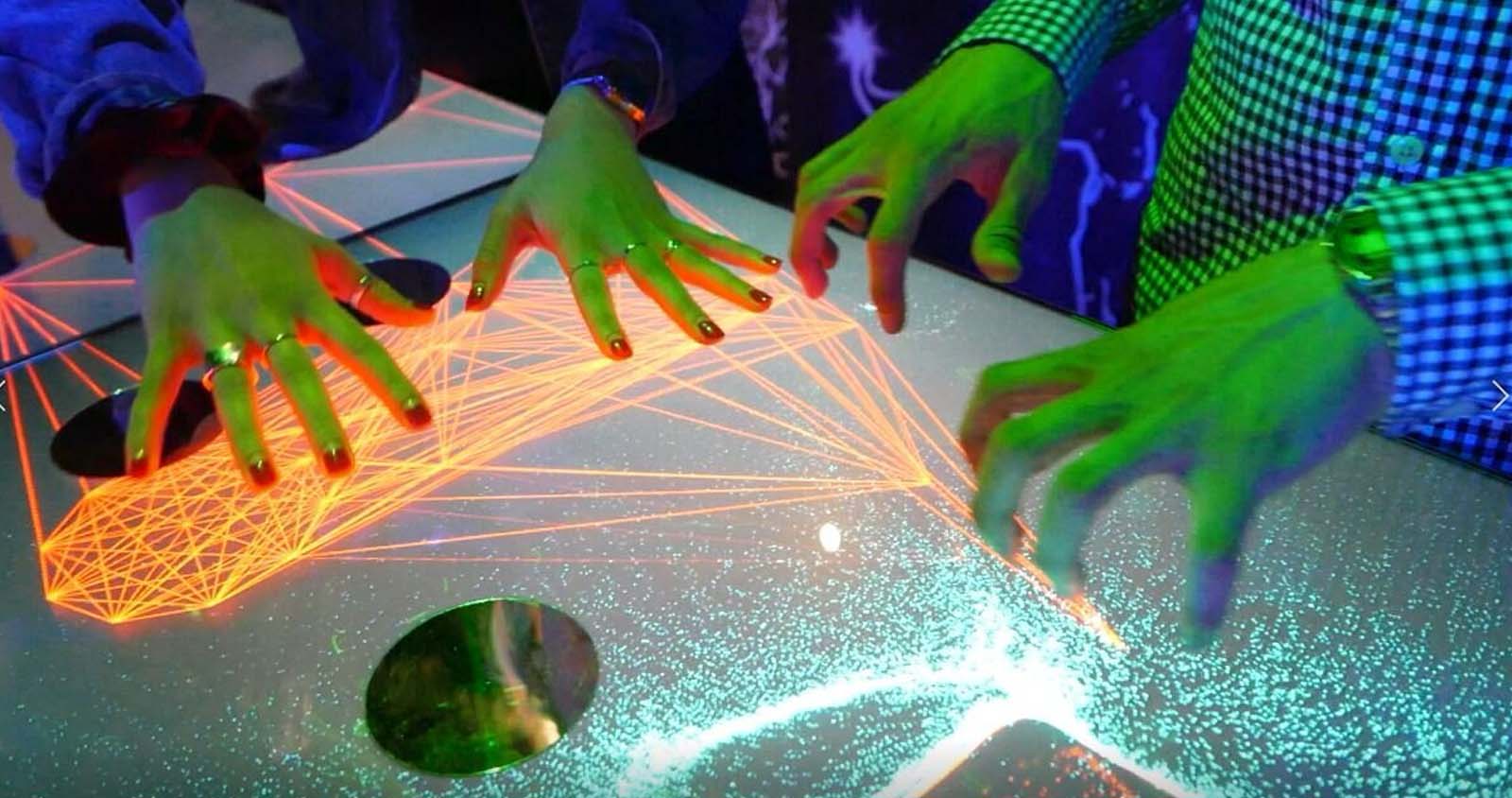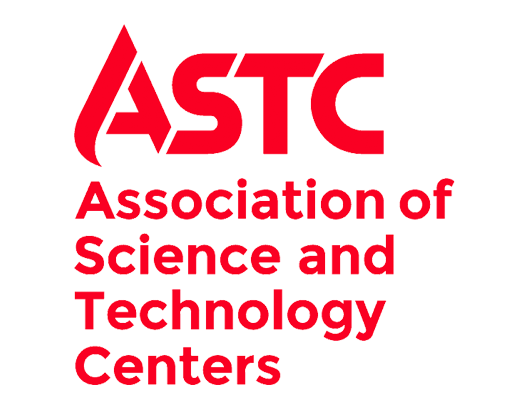Imagine this: You're wandering through a virtual showroom, examining a product from every angle as if it were right in front of you. Or perhaps you're in a museum gallery, and suddenly you’re transported to another era in time immersed in sights and sounds that feel utterly real. This is the power of immersive technology, and it's changing the way brands and institutions connect with their audiences.
Today’s audiences crave experiences that transcend the ordinary. They expect to be engaged, entertained, and inspired in ways that traditional approaches simply can't match. Immersive technology – encompassing AI, digital projection mapping, mixed reality (MR), LED video walls, and holographic displays – offers brands an unparalleled opportunity to captivate their audiences and forge lasting connections.
Whether you're a seasoned marketer or an entrepreneur seeking to stay ahead of the curve, understanding the potential of immersive technology is crucial. This comprehensive guide will dive deep into immersive tech, exploring the applications, benefits, and strategies it promises to elevate your brand.
From virtual product showcases and interactive brand experiences to immersive storytelling and data visualization, we'll explore the broad possibilities of immersive technology. You'll gain insights into consumer behavior, learn how to craft compelling narratives and discover the tools and platforms that can bring your brand to life in ways you never imagined.
The future of technology experiences is here, and it's more immersive than ever before.

What is Immersive Technology?
Immersive technology is a suite of cutting-edge technologies that create highly engaging, multisensory experiences. These technologies enable organizations to transport their audiences into fully realized digital environments or overlay virtual elements onto the real world.
At its core, immersive technology allows brands and cultural institutions to break free from traditional forms of engagement, differentiate themselves from the competition, and foster deeper emotional connections and lasting impressions. By leveraging the power of immersion, you can create unforgettable experiences that blur the lines between the digital and physical realms, captivating customers and guests in ways that were previously unimaginable.
“The future for museums is going to be authentic, social experiences that get visitors out with other people in immersive environments.”
JOHN BECKMAN,
SENIOR VP DESIGN + DEVELOPMENT, BRIDGEWATER STUDIO
The Tools of Immersive Technology
While none of these forms of technology are new, brands and institutions are employing them in innovative ways to captivate audiences. By pushing the boundaries of how these tools are applied, it’s possible to create experiences that are impossible to ignore and more engaging than ever before.
AR/VR/MR
Augmented Reality (AR), Virtual Reality (VR), and Mixed Reality (MR) are transforming how audiences interact with the world around them. Brands are integrating AR into shopping apps, allowing customers to virtually try on clothes or see how furniture fits into their living spaces. Museums are using VR to offer immersive tours of historical sites, enabling visitors to travel back in time or explore distant galaxies and the depths of the ocean from their current location. MR is making waves in both industries, blending physical and digital worlds to create interactive exhibits or training environments that enhance learning and engagement.
LED Video Walls and Displays
LED video walls and displays are indispensable tools for creating impactful visual narratives. Retail stores are employing these expansive digital canvases to create enveloping brand experiences that capture attention and leave a lasting memory. Museums utilize LED displays for dynamic storytelling, turning static exhibitions into vibrant, educational spectacles that can adapt based on visitor interactions. Pop-up events also benefit from the engaging nature of LED video walls, which can be used to create eye-catching installations that draw in crowds and boost brand visibility.
Digital Projection Mapping
Digital projection mapping is revolutionizing brand activations (link to 2.1) and educational experiences. Companies are using it to transform ordinary spaces into 3D canvases, projecting intricate visuals onto buildings, products, or even landscapes to tell compelling brand stories. In a museum setting, projection mapping can be used for wayfinding, making it easier for visitors to navigate through exhibits, or for detailed product education, such as animating ancient artifacts to show how they were used in the past.
AI & Responsive Technologies
Artificial intelligence and responsive technologies are elevating customer service and personalization to new heights. Retailers are using AI-driven chatbots to provide instant customer support, helping shoppers find products, manage returns, or get personalized recommendations based on past behaviors. Museums are employing responsive technologies (link to 2.2) to create interactive displays that can adapt in real-time to visitor actions, making exhibitions more engaging and informative. Personalized content delivery based on AI algorithms ensures that each visitor's experience is unique and tailored to their interests.
Holographic Displays
Holographic displays are capturing the imagination of both brands and cultural institutions by making digital content appear lifelike. Retailers are utilizing holography to bring virtual product demonstrators to life, presenting products in a captivating, three-dimensional manner that engages customers more effectively than 2D videos. Museums are using holography to bring historical figures or extinct creatures back to life in educational exhibits, creating rich digital storytelling experiences that leave a lasting impact on visitors.
Multisensory Tech
Multisensory technology, encompassing elements such as scent, sound, and movement, is redefining brand activations and pop-up experiences. Retail environments and entertainment venues are incorporating scents and ambient sounds to create immersive environments that enhance audience mood and recall. Museums leverage motion tracking to make interactive exhibits more compelling, allowing visitors to influence what they see or hear as they move through the space. These multisensory experiences foster deeper emotional connections and make each visit truly memorable.
The Benefits of Immersive Technology
- Differentiation: Immersive technology enables brands and institutions to stand out from the competition by offering unique, cutting-edge experiences.
- Brand awareness, affinity and loyalty: Engaging, memorable interactions foster stronger connections with audiences, leading to increased brand recognition and customer loyalty.
- Improve visitor experience: Enhanced interactivity and personalization improve the overall visitor experience, making it more enjoyable and informative.
- Streamline sales and customer service: AI-driven technologies and interactive displays simplify the buying process and provide immediate customer support, enhancing efficiency.
- Increase dwell time: Captivating experiences encourage visitors to spend more time exploring, thereby increasing engagement and potential sales.
- Facilitate transactions: Seamless integration of immersive technologies makes transactions smoother and more intuitive for customers.
- Generate earned media: Unique and compelling experiences often attract media attention and social media shares, amplifying the reach of marketing efforts.
- Educate audiences: Interactive and visually engaging technologies enhance educational endeavors by making complex information more accessible and enjoyable.
- Wayfinding: Digital projection mapping and responsive technologies offer intuitive and dynamic navigation solutions within large venues.
- Placemaking: Immersive installations transform ordinary locations into memorable destinations, attracting visitors and boosting local economies.
- Audience Research and Data Collection: Interactive technologies enable the collection of valuable data on visitor behaviors and preferences, informing future strategies and improvements.
As we've explored, embracing immersive technology fosters deeper emotional connections, enhances brand awareness, affinity, and loyalty, improves the visitor experience and generates earned media buzz. In essence, it offers a competitive edge in today's crowded marketplace.
However, it’s crucial to avoid using technology for the sake of using technology or just emulating a trend. Any immersive technology application should support and enhance the story and be relevant to your audience. If your story or values are more analog, or your audience more low-tech, adding technology may detract from your goals. An experienced creative partner can help advise you on the best approach to achieve your desired outcomes and delight your audience.
If you're ready to create unforgettable experiences that truly captivate your audience, now is the time to explore the transformative potential of immersive technology. Book a no-obligation strategy session with Bridgewater Studio today, and let our experts guide you through the limitless possibilities that immersive tech promises for your brand or institution.


.png)
.png)
.png)







